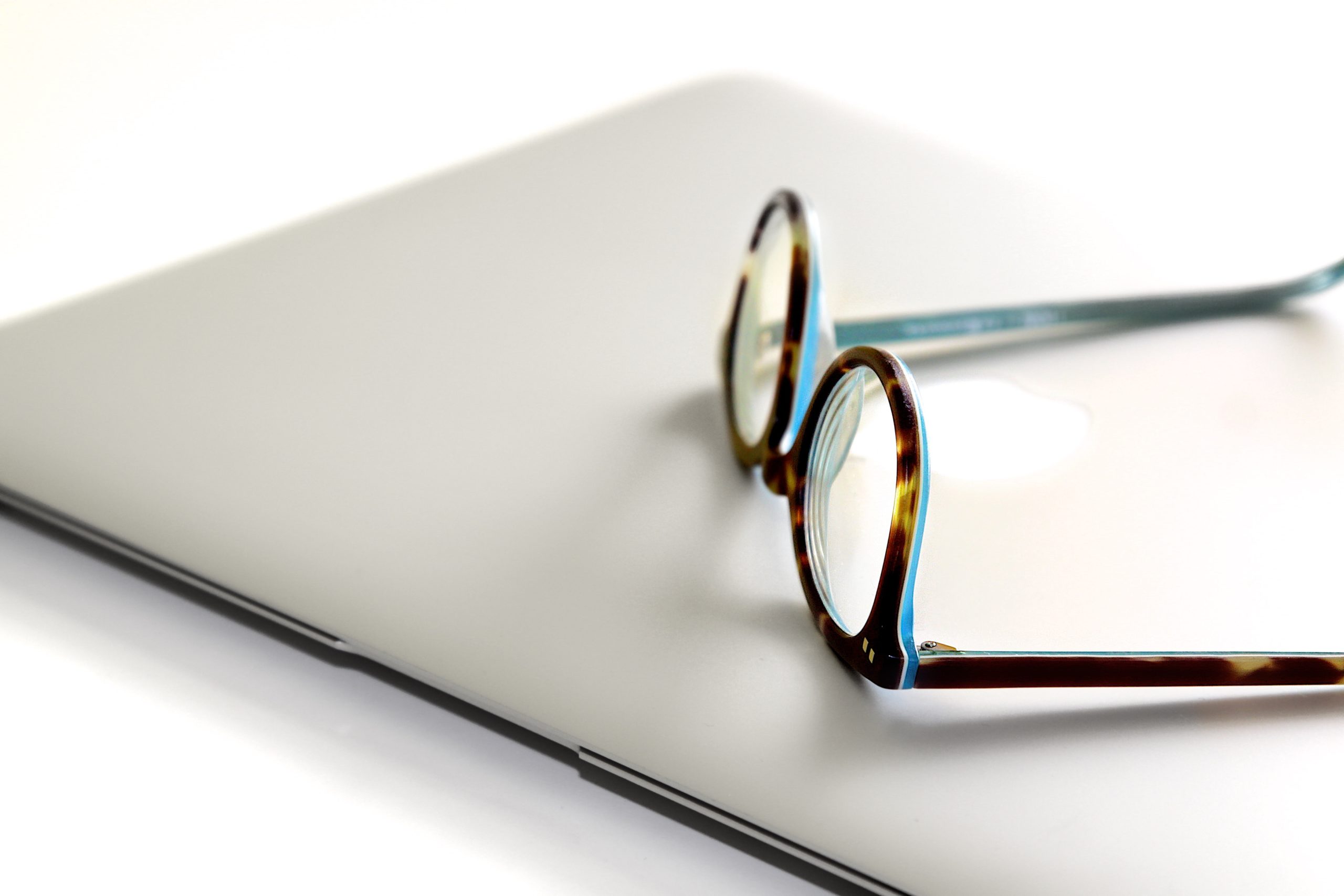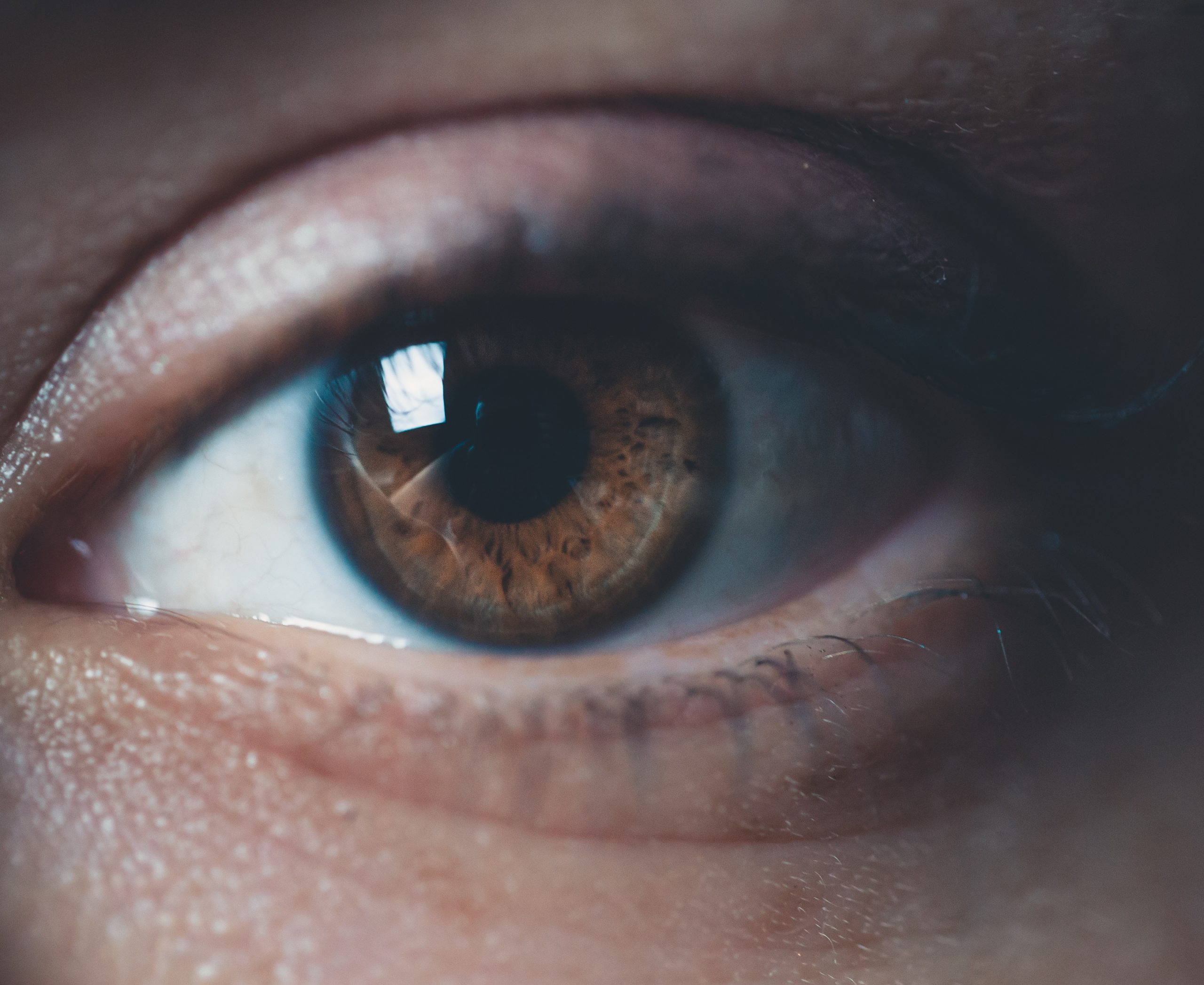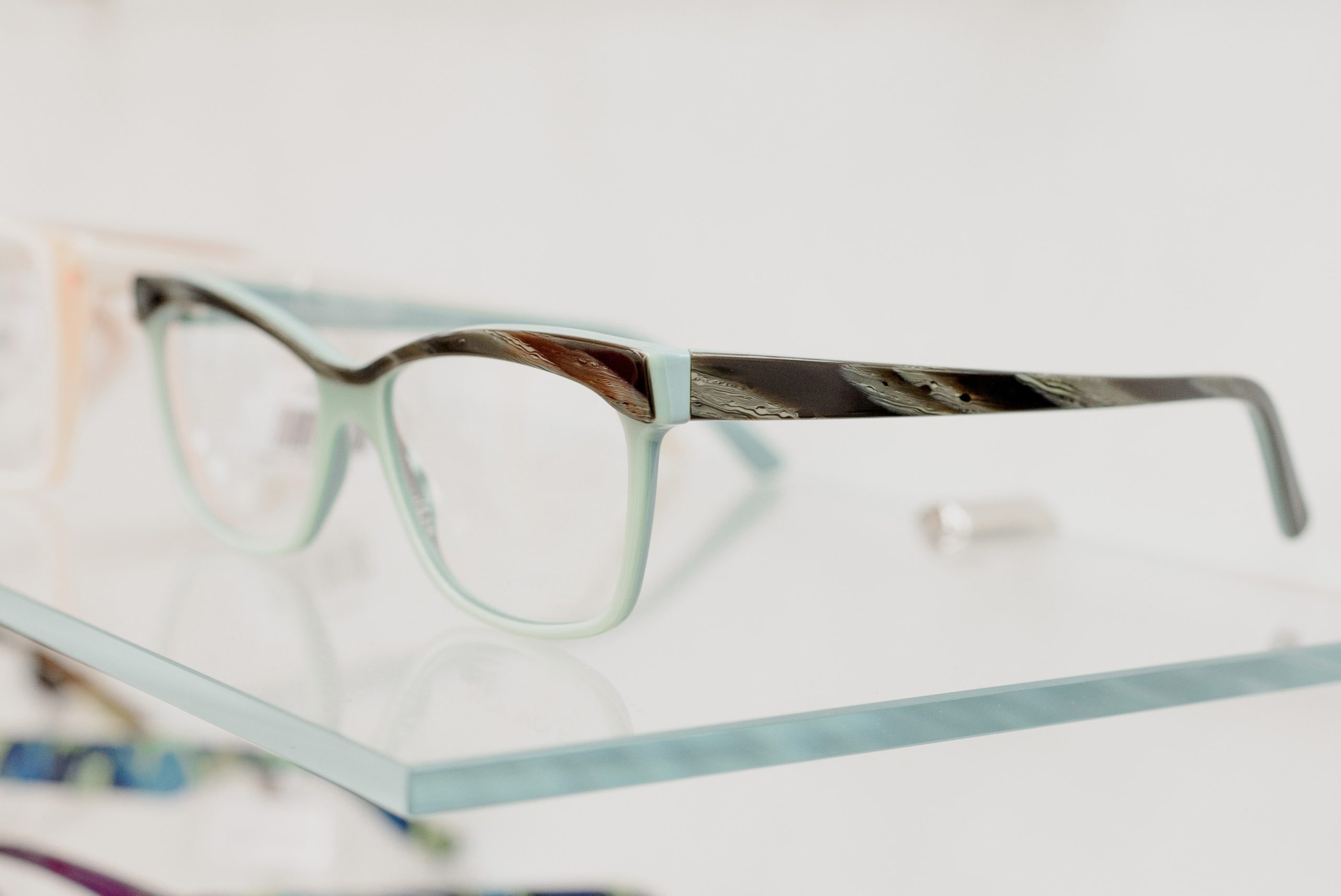While good eyesight is a great blessing, contact lenses also greatly contribute to poor eyesight aid and help. Numerous people who were once able to see perfectly without the help of glasses or who just wore glasses for distant vision begin to notice that their ability to perceive close-up objects accurately starts to decrease all around the age of 40. Presbyopia, the medical term for this, is normal for people around 40.
Understanding Presbyopia
Presbyopia results from cellular modifications that make the crystalline lens in your eye less elastic. This makes it more difficult for the lens to automatically correct itself so that you can concentrate on surrounding things. You might have to hold books or cell phones farther away or squint at them to see them.
Prescription eyeglasses are typically the first line of defense against presbyopia. Visual acuity testing, which determines the prescription you will require to assist you in seeing clearly, can be done by your eye doctor. You can choose between single-vision lenses, which must be removed and reapplied as necessary, and multifocal lenses, which have different prescriptions for seeing at various distances.
Even though reading glasses are incredibly successful at enabling those who need them to see more clearly, many individuals who use them eventually feel annoyed by their restrictions. People often don’t like using glasses for a variety of reasons, including:
- They battle to choose a look or hue that looks well on them.
- They find it annoying to carry their glasses around if they need to read something.
- Glasses are prone to breaking and being brittle.
- They might also get lost or misplaced.
- Depending on the style you select, eyeglass frames might be pricey.
Contact Lenses For Presbyopia
At first, monovision, a treatment form, is the only approach to overcoming presbyopia using contact lenses alone. One contact lens is prescribed for close vision, and the other is for distance vision in the case of those who use monovision contact lenses. However, the user must spend a lot of time getting acclimated to this, and it is obvious that there are better techniques to improve the patient’s eyesight.
The good news is that multifocal vision equipment is now available in contact lenses, giving patients access to the same advantages of multifocal glasses lenses in a set of contacts. Like spectacles lenses, multifocal contacts provide a range of near-to-distance powers that let you see up close, far away, and everything in between.
However, unlike progressive glasses, multifocal contacts don’t allow you to tilt your head to determine the best position in the lens for viewing at various distances. Rather, the lens’s strength steadily increases from near to far to provide realistic, clear vision at all distances.
Multifocal glasses come in various styles and materials, from conventional soft lenses to hard gas-permeable ones. They are combined in hybrid lenses. The kind of multifocal contact lens ideal for your ophthalmologist will suggest you.
Conclusion
Wearing contact lenses can greatly help in impairing one’s eyesight and vision. Contact lenses can effectively replace your reading glasses, provided you wear them prescribed by a professional and skilled doctor. If you are also looking for a credible ophthalmologist, contact our experts at Whitney Eye Care for the best treatment and solution for your eyes.






